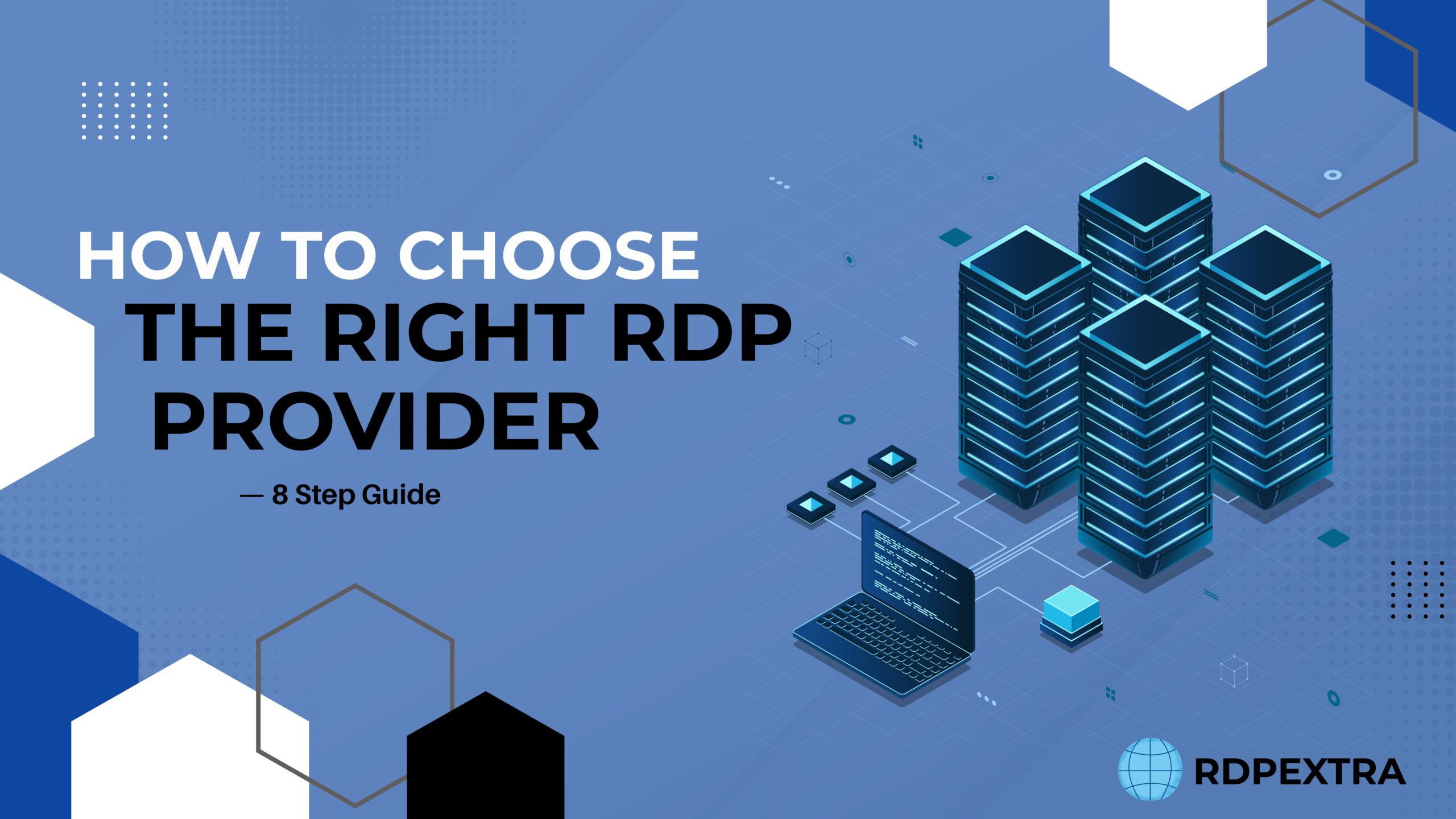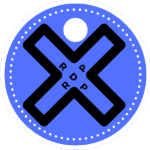
How to Choose the Right RDP Provider — 8 Step Guide
Remote access is one of those invisible pillars that either keeps your business humming or quietly costs you time, money and security. Choose a flaky remote desktop provider and you get dropped connections, angry users and a helpdesk ticket backlog. Choose the right one and employees connect fast, remote access software admins work securely, and your apps behave as if they were local remote desktop manager remote access rdp providers.
This post walks you through a practical, score-based way to evaluate RDP providers so you stop guessing and start choosing with confidence. Expect clear examples, real tradeoffs, and a downloadable checklist to use during vendor calls.
Why the RDP provider decision matters
Think of your RDP provider like your office’s highways: if they’re congested or unmaintained, everyone is late. The stakes are threefold:
- Security: Remote access is a primary attack vector — poor vendor security = high breach risk.
- Productivity: Latency, display glitches and disconnects slow users down.
- Cost & compliance: Hidden pricing, poor logging, or wrong data-residency choices can create legal and financial headaches.
Types of RDP solutions — choose the category first
Self-hosted (on-premises)
- Pros: Full control over data and security; can be cheaper at scale.
- Cons: You own the complexity — patching, high-availability, backups, and perimeter security.
Cloud / Managed RDP providers
- Pros: Fast provisioning, provider handles availability and security updates, built-in geo edge points.
- Cons: Less direct control over infrastructure; make sure compliance and SLA terms match your needs.
Hybrid / Virtual desktop (VDI) solutions
- Pros: Best for heavy workloads, multi-OS support, and strict security needs.
- Cons: Can be more expensive and require skilled ops teams.
How to pick between them: use your security posture, budget, and speed-of-provisioning needs as the deciding factors. Smaller teams often benefit from managed providers; larger orgs or regulated industries sometimes need self-hosted or hybrid models.
The 8 evaluation criteria you must score (deep dive)
Below are the practical checks to use in vendor calls. Score each on a 1–5 scale and weight them according to your priorities.
1. Security & authentication (non-negotiable)
- Encryption: TLS 1.2/1.3 on transport + at-rest encryption for session data is essential.
- Authentication: Support for MFA, SSO (SAML / OAuth / Azure AD), and granular role-based access controls.
- Audit logs: Full session recording, immutable logs and exportable logs for SIEM ingestion.
- Session hardening: Limit clipboard/file transfer, restrict copy/paste, and session timeouts.
Why: Remote access is a high-value target; poor auth or lack of auditing equals risk.
2. Performance & networking
- Latency & jitter: Ask about provider network backbone and points of presence (PoPs).
- Bandwidth options: Can sessions be optimized for low bandwidth? Is adaptive compression available?
- Client optimization: remote access software Does their remote desktop client implement display protocols efficiently (e.g., adaptive frame rate, GPU acceleration)?
Example: Design teams doing 3D work need higher bandwidth and GPU-backed sessions; sales agents may be fine with lightweight sessions.
3. Compatibility & remote desktop manager features
- Client support: Windows, macOS, Linux, iOS, Android? Web client?
- Admin tooling: Centralized remote desktop manager, group policies, role management, and reporting.
- User experience: Single sign-on, bookmarking hosts, file transfer features, and multi-monitor support.
Why: A powerful remote desktop manager reduces admin overhead and improves user adoption.
4. Reliability, SLAs & uptime history
- SLA specifics: Look for 99.95%+ if your users are business-critical.
- Incident transparency: How does the vendor communicate outages? Do they publish postmortems?
- Redundancy: Multi-AZ / multi-region and automated failover.
Red flag: Vague uptime claims without financial penalties.
5. Scalability & provisioning speed
- Onboarding time: How quickly can you spin up 50 sessions?
- Autoscaling: Can sessions scale up/down automatically with demand?
- Templates & provisioning APIs: Useful for DevOps and scripted deployments.
6. Compliance, data residency & logging
- Certifications: ISO 27001, SOC 2, HIPAA, GDPR coverage as applicable.
- Data residency: Where are session metadata and recordings stored?
- Retention controls: Can you configure log retention and exports for audits?
7. Support, onboarding & integrations
- Support SLAs: 24/7? Dedicated account manager? Escalation paths?
- Onboarding help: Migration support, training, and documentation.
- Integrations: AD/LDAP, Azure AD, SSO, provisioning tools and ticketing platforms.
8. Pricing model & total cost of ownership (TCO)
- Pricing structure: Per-user, per-concurrent session, per-host, or meter-based?
- Hidden costs: Data egress, session recording storage, premium support.
- TCO: Factor in admin time, maintenance, licenses, and projected growth over 3 years.
How to run a rapid PoC + scoring matrix (use this on vendor calls)
Make evaluations objective. Create a matrix where each criterion gets a weight (e.g., Security 30%, Performance 20%, Cost 15%, Support 15%, Compliance 10%, Scalability 10%). Score vendors 1–5 and compute weighted totals.
PoC steps (48–72 hour quick test):
- Select 3 real use cases (e.g., developer SSH + file transfer, accountant access with small data, designer with large files).
- Provision 5–10 test sessions in two regions if possible.
- Measure: connection time, latency, CPU/GPU behavior, file transfer speed, and session stability.
- Security test: verify MFA, SSO, role restrictions, and log export.
- Admin test: try onboarding a new user, revoke access, and fetch an audit log.
- Cost simulation: estimate monthly bill for expected peak & off-peak usage.
Example scoring snapshot (fictional)
- Vendor A: Security 5, Performance 4, Cost 3, Support 5 → Weighted total 4.4
- Vendor B: Security 3, Performance 5, Cost 4, Support 3 → Weighted total 3.9
Pick the vendor with highest weighted score — not necessarily the cheapest.
Red flags — immediate deal-breakers
- No MFA or SSO options.
- Vague answers on encryption or log retention.
- Hidden pricing for essential features (session recording, backups).
- No trial or PoC support.
- Poor or no SLAs and no incident transparency.
If you hear evasive answers to any of the above, document them and move on.
Migration & onboarding tips — make it painless
- Start with a pilot group (power users + one admin) for 2–4 weeks.
- Document baseline metrics (current connection times, complaint rate) to compare.
- Use templates & automation for provisioning to avoid hand setups.
- Train helpdesk with common disconnect fixes and escalation points.
- Plan for rollback: keep temporary parallel access to old system during migration.
Analogy: Migrating RDP providers is like changing air traffic control systems — you need an overlap period, dry runs, and clear rollback triggers.
Quick decision guide by company size / need
- Small business (<50 users): Managed cloud RDP with simple admin and predictable per-user pricing.
- Mid-market (50–500): Look for a balance — strong remote desktop manager features and integrations (AD, SSO).
- Enterprise / Regulated: Prioritize security, compliance certifications, session recording, and flexible deployment (hybrid or on-prem options).
Conclusion
Choosing an RDP provider is less about hype and more about method. remote access software Use the evaluation criteria above, run a short PoC, and score vendors against your business priorities. In short: secure, performant, and predictable should be your triage for any decision.
Ready to make vendor calls without missing anything?
Invite readers to download a ready-to-use 20-point RDP Provider Checklist to use during PoCs and vendor demos — it contains scoring sheets, PoC test scripts, and a migration timeline template.
[Download the free checklist & start your vendor audit today]

Leave a Reply